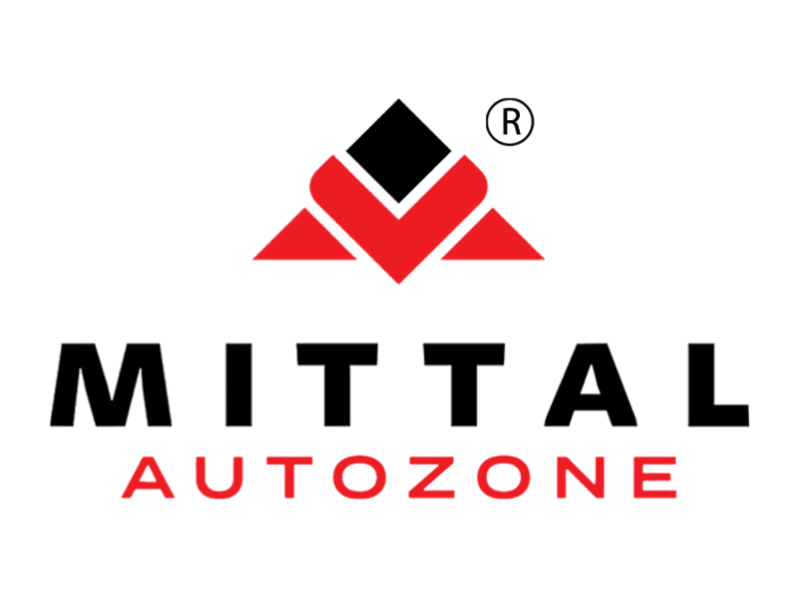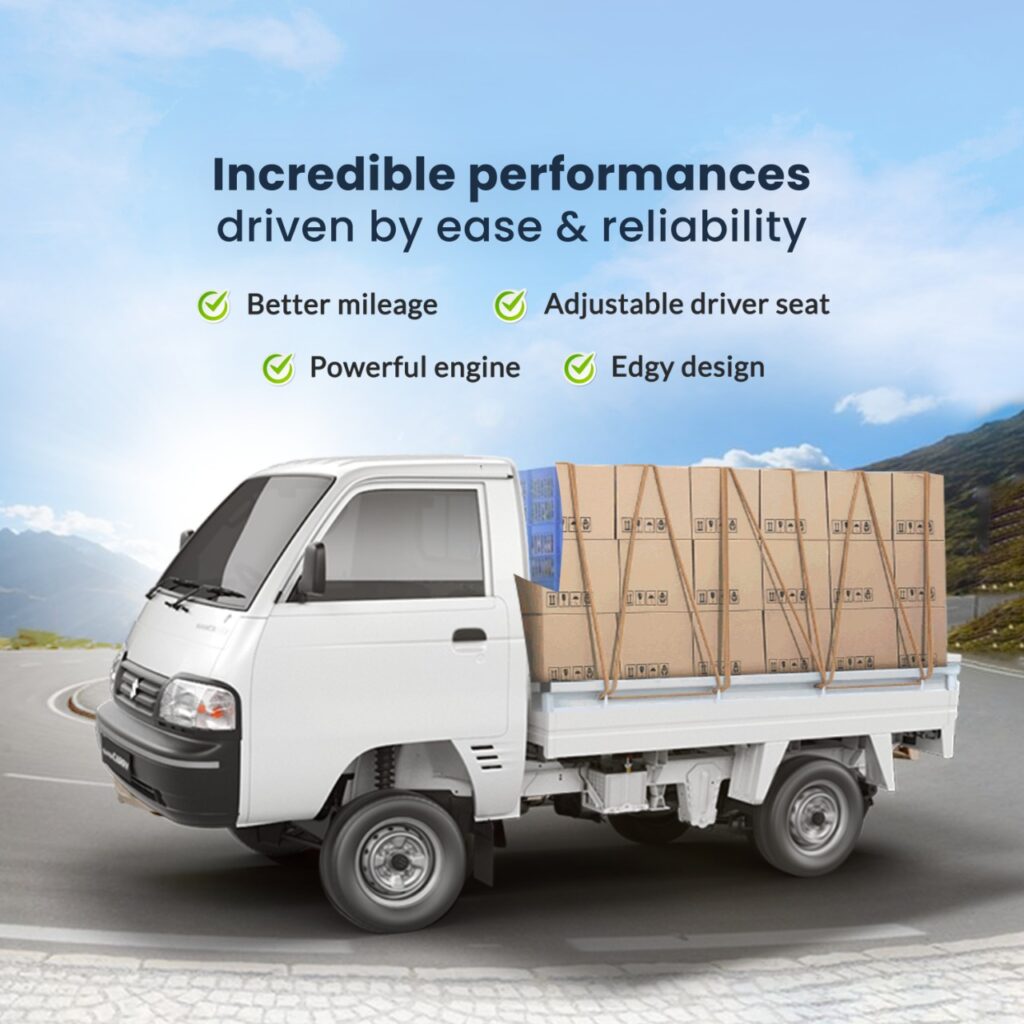Understanding car insurance can be overwhelming, with various types of coverage and numerous plans. Whether you’re buying your first policy or reviewing an existing one, understanding auto insurance is essential to ensure you get the protection you need without overpaying.
In this blog, we’ll break down the key components of understanding car insurance coverage, explain how to choose the right plan for car insurance, and help you determine what coverage suits your specific needs.
What is Car Insurance?
Car insurance is a contract between a vehicle owner and an insurance company that provides financial protection against losses or damages related to the vehicle. In exchange for regular premium payments, the insurance company agrees to cover certain risks, such as accidents, theft, or damage caused by natural disasters.
Understanding car insurance requires familiarising yourself with its primary types of coverage. Each type is designed to cover different risks, and the combination of these policies makes up your overall car insurance plan.
The Basics of Car Insurance
Before diving into the different types of coverage, understanding car insurance and its fundamental components is important.
- Premium: This is the amount you pay to maintain your insurance
- Deductible: This is the amount you’re responsible for paying out of pocket before your insurance coverage kicks A higher deductible generally results in lower premiums, while a lower deductible means higher premiums.
- Coverage Limits: These are the maximum amounts your insurance company will pay for a specific type of
Types of car insurance coverage
Navigating the world of car insurance can be daunting, understanding car insurance is crucial for making informed decisions. Each type of coverage addresses specific risks and provides varying levels of protection.
Here’s a breakdown of the key types of car insurance coverage you should be aware of :
1. Liability Coverage:
Liability coverage is mandatory in most states and is the foundation of any car insurance policy. It has two components:
- Bodily Injury Liability : Covers medical expenses, lost wages, and legal fees if you’re responsible for an accident that injures someone
- Property damage liability : Pays for damage you cause to someone else’s property, such as their car, fence, or
2. Collision Coverage :
Collision coverage helps pay for repairs to your car if it’s damaged in an accident, regardless of who is at fault. It is essential understanding car insurance coverage if your car is new or valuable. Without it, you would be responsible for repair costs or replacing the car entirely.
When understanding auto insurance, it’s helpful to weigh the cost of collision coverage against the value of your car.
3. Comprehensive Coverage :
Comprehensive coverage covers non-collision-related damages such as theft, vandalism, natural disasters, or hitting an animal. Like collision coverage, comprehensive is optional but often required by lenders if you’re financing or leasing a car.
4. Personal Injury Protection (PIP) :
Personal Injury Protection, also known as PIP, covers medical expenses for you and your passengers regardless of who is at fault in an accident.Understanding car insurance coverage, especially in states where PIP is mandatory, ensures that you’re adequately protected in case of injury.
5. Uninsured/Underinsured Motorist Coverage
This coverage protects you if you’re hit by a driver who doesn’t have insurance or doesn’t have enough to cover your damages. Given the increasing number of uninsured drivers on the road, understanding auto insurance should include assessing the need for this type of protection to avoid being stuck with expensive bills.
How to Choose the Right Plan for Car Insurance
Now that we’ve broken down the different types of coverage, the next step is to choose the right plan for car insurance. Here are some tips:
- Evaluate your coverage needs: Think about the factors mentioned above, such as your vehicle’s value, your driving habits, and your state’s
- Compare quotes: Different insurers offer different rates for the same coverage. Look around and compare quotes from multiple insurance companies to find the best
- Consider bundling policies: If you have multiple types of insurance (like homeowners or renters insurance), bundling them with the same provider may offer you a
- Look for discounts: Insurance companies offer various discounts for safe drivers, good students, and vehicles equipped with safety Be sure to ask about any potential savings.
- Regularly review your policy: As your car ages, or if your driving habits change, reassess your Dropping unnecessary coverage can help save on premiums.
Understanding car insurance is key to ensuring that you are adequately protected without overspending. Whether you’re just starting out or looking to update your policy, it’s essential to understand the various types of coverage and how to choose the right plan for car insurance. By taking the time to review your options, assessing your needs, and comparing policies, you can find the perfect balance of coverage and affordability for your situation.
At Mittal Autozone, we understand that choosing the right car insurance is just as important as choosing the right car. Our team of experts is dedicated to helping you navigate the complexities of understanding car insurance, offering personalised advice to ensure you choose the right plan for car insurance. With our wide range of insurance options and commitment to exceptional customer service, you can trust us to provide the protection and peace of mind you deserve. Let Mittal Autozone be your trusted partner for all your car insurance needs.



